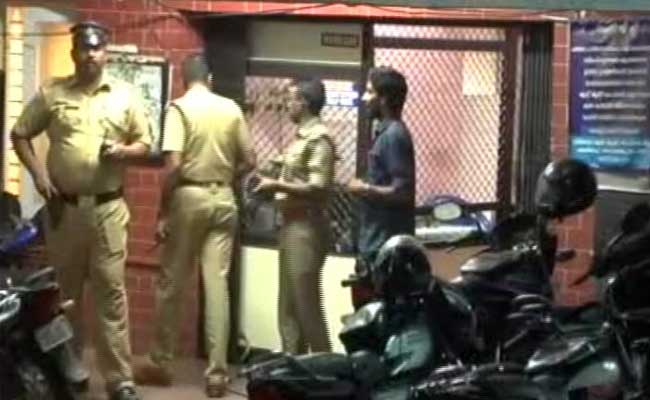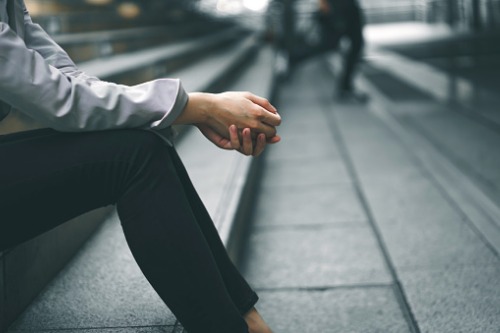

On the land behind their house, the family was allowed to build a mud hut measuring approximately 3 by 3 metres (10 by 10 ft), where they spent 21 months until the end of the occupation. Ī Nazi officer took over the Gagarin residence. Those who refused were beaten or sent to the concentration camp set up at Gzhatsk.

The Germans also burned down 27 houses in the village and forced the residents including the Gagarins to work the farms to feed the occupying soldiers. On their first day in the village, they burned down the school, ending Yuri's first year of education. The Nazis captured Klushino on 18 October 1941. During the German advance on Moscow, retreating Red Army soldiers seized the collective farm's livestock. Like millions of Soviet citizens, his family suffered during the German occupation during World War II. His sister Zoya, born in 1927, helped take care of "Yura" and their youngest brother Boris, born in 1936. His older brother Valentin was born in 1924, and by the time Yuri was born he was already helping with the cattle on the farm. His parents worked on a sovkhoz -Aleksey Ivanovich Gagarin as a carpenter and Anna Timofeyevna Gagarina as a dairy farmer. Gagarin was born 9 March 1934 in the village of Klushino, in the Smolensk Oblast of the Russian Soviet Federative Socialist Republic, near Gzhatsk (renamed Gagarin in 1968 after his death). However, Gagarin died five weeks later, when the MiG-15 that he was piloting with flight instructor Vladimir Seryogin crashed near the town of Kirzhach.Įarly life Gagarin family home in Klushino After completing training at the Zhukovsky Air Force Engineering Academy in February 1968, he was again allowed to fly regular aircraft. Fearful that a high-level national hero might be killed, Soviet officials banned Gagarin from participating in further spaceflights. Vostok 1 was Gagarin's only spaceflight, but he served as the backup crew to Soyuz 1, which ended in a fatal crash, killing his friend and fellow cosmonaut Vladimir Komarov. He was also elected as a deputy of the Soviet of the Union in 1962 and then to the Soviet of Nationalities, respectively the lower and upper chambers of the Supreme Soviet. Following his spaceflight, Gagarin became the deputy training director of the Cosmonaut Training Centre, which was later named after him. He later joined the Soviet Air Forces as a pilot and was stationed at the Luostari Air Base, near the Norway–Soviet Union border, before his selection for the Soviet space programme alongside five other cosmonauts. Hailing from the village of Klushino in the Russian SFSR, Gagarin was a foundryman at a steel plant in Lyubertsy in his youth. By achieving this major milestone for the Soviet Union amidst the Space Race, he became an international celebrity and was awarded many medals and titles, including the nation's highest distinction: Hero of the Soviet Union. Travelling on Vostok 1, Gagarin completed one orbit of Earth on 12 April 1961. Yuri Alekseyevich Gagarin (9 March 1934 – 27 March 1968) was a Soviet pilot and cosmonaut who, aboard the first successful crewed spaceflight, became the first human to journey into outer space.


 0 kommentar(er)
0 kommentar(er)
